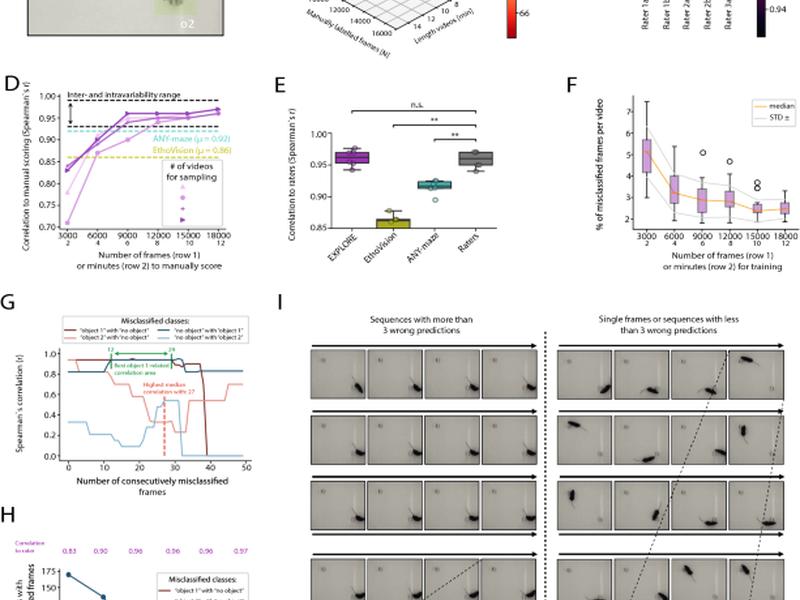The Object Recognition Test (ORT) is a frequently used test in biomedical research to assess different phases of learning and memory in rodents. It consists of three phases: habituation, acquisition, and testing. During habituation, the animal is exposed to the testing environment to acclimate. During the acquisition phase, the animal is presented and familiarised with a set of objects before returning to the home cage for a retention period. In the testing phase, one of the previously explored objects is replaced by a novel object which deviates in shape from the originally presented one. Rodents have an innate preference for novelty, so the time spent exploring the novel object is used to measure the animal’s recognition memory.

